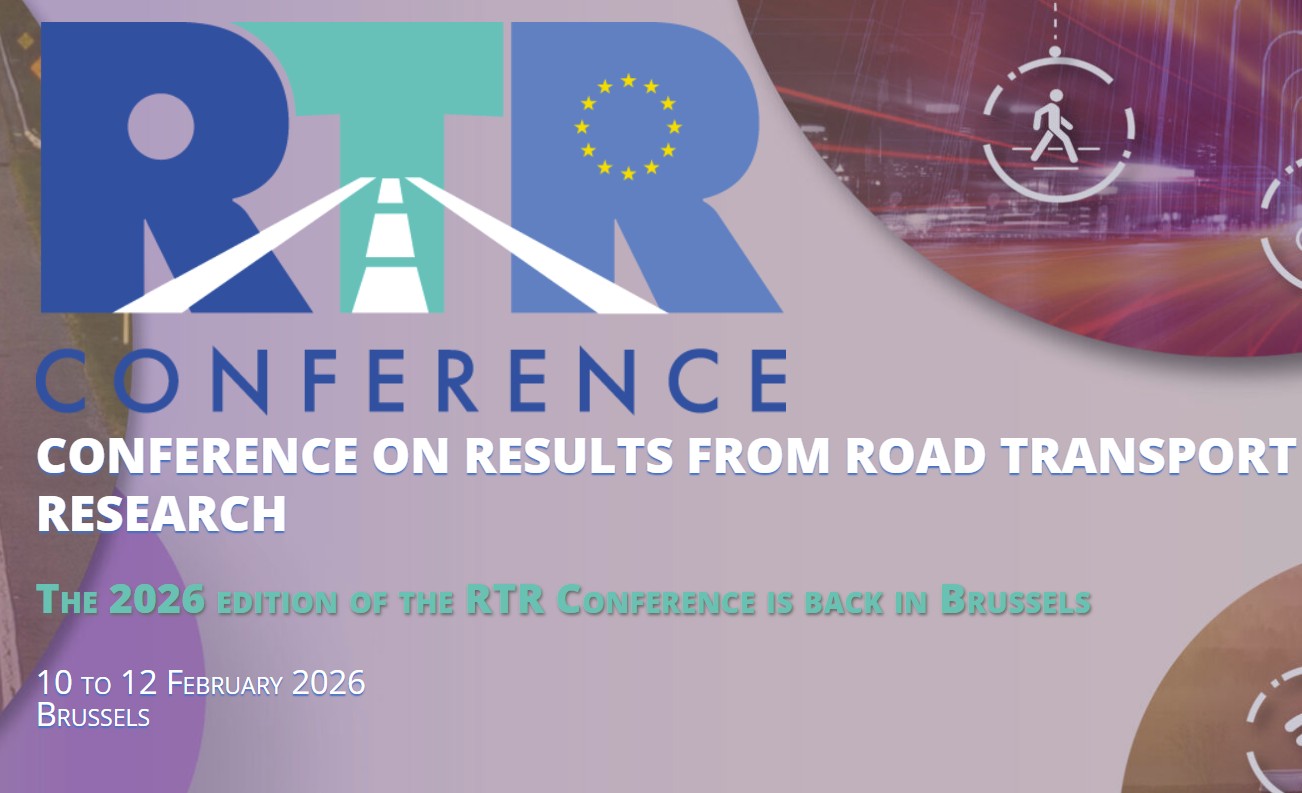Items Under Tag: cell phone
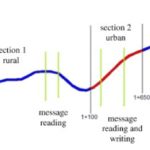
A paper titled ‘Impact of texting on young drivers’ behaviour and safety in urban and rural roads through a simulation experiment‘ co-authored by George Yannis,Alexandra Laiou, Panagiotis Papantoniou and Charalambos Christoforou is now published in Journal of Safety Research. A driving simulator experiment was carried out in which 34 young participants drove in different driving scenarios; specifically, driving in good weather, in raining conditions, in daylight and in night were examined. Lognormal regression methods were used to investigate the influence of texting as well as various other parameters on the mean speed and mean reaction time. Binary logistic methods were used to investigate the influence of texting use as well as various other parameters in the probability of an accident. It appears that texting leads to statistically significant decrease of the mean speed and increase of the mean reaction time in urban and rural road environment. Simultaneously, it leads to an increased accident probability due to driver distraction and delayed reaction at the moment of the incident. It appeared that drivers using mobile phones with a touch screen present different driving behavior with respect to their speed, however, they had an even higher probability of being involved in an accident. 
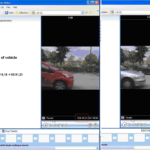
A paper titled ‘Mobile phone use and traffic characteristics‘ co-authored by G.Yannis, E.Papadimitriou, P.Papantoniou and N.Petrellis is just published in the Traffic Engineering & Control Journal. The objective of this research is the analysis of the impact of mobile phone use on vehicle traffic speed and headways. It was found that vehicle speed is increased for young drivers (aged 18-25 years), male drivers and taxi drivers, and decreased for older drivers (>55 years) and for drivers using their mobile phone while driving. Vehicle’s time headways were not found to be affected by cell phone use. However, headspaces, estimated as the product of vehicle speed and time headways, were found to be decreased for drivers using their mobile phone, young drivers and older drivers. 
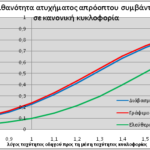
A Diploma Thesis titled ‘Impact of texting on young drivers’ traffic and safety on motorways by the use of a driving simulator‘ was presented by Christos Gartzonikas in July 2012. An experimental process on a driving simulator was carried out, in which all the participants drove in different driving scenarios. Lognormal regression methods were used to investigate the influence of text messaging as well as various other parameters on the mean speed and the mean distance from the front vehicle. Binary logistic methods were used to investigate the influence of text messaging as well as various other parameters in the probability of an accident. It appears thattext messaging leads to statistically significant decrease of the mean speed and to increase of the headway in normal and in specific conditions in motorways and simultaneously leads to an increase of accident’s probability, probably due to increased reaction time of the driver in case of an incident. 

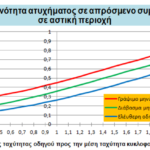
A Diploma Thesis titled ‘Simulation of texting impact on young drivers’ behaviour and safety in urban and rural road‘ was presented by Charalambos Christoforou in July 2012. An experimental process on a driving simulator was carried out, in which all the participants drove in different driving scenarios. Lognormal regression methods were used to investigate the influence of texting as well as various other parameters on the mean speed and mean reaction time. Binary logistic methods were used to investigate the influence of text messaging use as well as various other parameters in the probability of an accident. It appears that text messaging leads to statistically significant decrease of the mean speed and increase the mean reaction time in urban and interurban road environment and simultaneously leads to an increase of accident’s probability, perhaps due to distraction of driver attention and as a result of the delayed reaction time at the moment of the incident. 

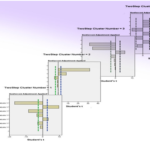
A Diploma Thesis titled ‘Attitudes of Greek drivers towards mobile phone use while driving‘ was presented by Paraskevi Marinou in July 2012. The research is based on the data of the pan-European SARTRE 4 survey, which was conducted on a representative sample of Greek drivers in 2011. The analysis of the drivers’ behavior was carried out by the statistical methods of factor and cluster analysis. According to the results of factor analysis, Greek drivers’ responses in the selected questions were summarized into seven factors, describing road behavior, accident involvement probability, but also their views on issues concerning other drivers’ road behavior, enforcement for road safety and mobile phone use while driving. The results of cluster analysis indicated four different groups of Greek drivers: the cautious, the moderate, the conservative and the thoughtless drivers and the characteristics of each group where identified.

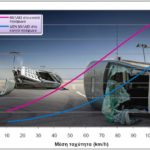
A Diploma Thesis titled ‘The impact of mobile phone use and music on the driver behaviour and safety by the use of a driving simulator’ was presented by Elena Papathanasiou and Evridiki Postantzi in March 2011. The analysis of the experiment results revealed that the lower speed and the increase of the distance from the middle of the road of the drivers who have a difficult conversation at the mobile phone while driving, cannot compensate for the much greater risk of an accident, in case of an unexpected event, due to increased reaction time.


The 12th World Conference on Transport Research was held in Lisbon, Portugal. At the road safety sessions quite a few interesting papers were presented, some of them concerning research carried out by NTUA.![]()
NTUA road safety presentations concerned:
![]()
![]() Modelling Intelligent Speed Adaptation
Modelling Intelligent Speed Adaptation
![]()
![]() Road infrastructure and Safety of Power Two Wheelers
Road infrastructure and Safety of Power Two Wheelers
![]()
![]() Pedestrian gap acceptance for mid-block street crossing
Pedestrian gap acceptance for mid-block street crossing
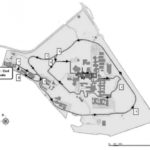
A research titled ‘Mobile phone use by young drivers: effects on traffic speed and headways’ co-authored by G.Yannis, E.Papadimitriou, X.Karekla and F.Kontodima was published in Transportation Planning and Technology in June 2010. A field survey was carried out in real road traffic conditions, in which drivers’ speeds and headways were measured while using or not using a mobile phone. Results show that mobile phone use leads to a statistically significant reduction in traffic speeds of young drivers in all types of traffic conditions. 
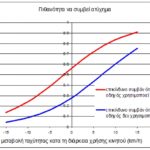
A Diploma Thesis titled ‘Investigation of the impact of mobile phone use to driver behaviour and safety with the use of driving simulator’ was presented by Leonidas Roumpas in February 2010. Lognormal regression and binary logistic methods were used to investigate the influence of mobile phone use as well as various other parameters on the mean speed and the probability of an accident. From the models application it appears that mobile phone use leads to a statistically significant decrease of the mean speed in urban and interurban environment and to an increase of accident’s probability, probably due to distraction of driver attention and as a result, delayed reaction time at the moment of the incident. It appeared that in rainy conditions drivers did not present different driving behaviour, however, they had a high probability of being involved in an accident. 

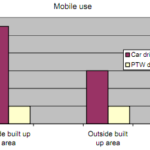
According to an observational study carried out by NTUA under the coordination of Prof. George Kanellaidis, 9% of passenger car drivers use mobile phone during driving, whereas 2% of Power Two Wheelers use mobile phone while driving. Mobile phone use rate is increased inside built-up areas and for young drivers (16 – 24), especially for young female passenger car drivers (16%) and young female PTW riders (12%).

Mobile telephone use as a major road safety issue has been highlighted at the recently released synthesis of the European Road Safety Observatory as prepared by the SafetyNet project. A range of studies conclude that the use of a mobile phone while driving distracts the driver and causes various changes in driving behaviour that negatively affect traffic safety. Driver reaction times are 30% slower when telephoning while driving than driving with BAC levels of 80mg/100ml and 50% slower than under normal driving conditions. 
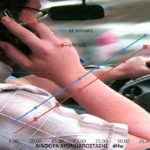
A Diploma Thesis titled ‘Mobile phone use and traffic characteristics‘ was presented by Panagiotis Papantoniou and Nikolaos Petrelis in July 2008. Appropriate data were collected through an experimental process in real road conditions of urban environment. From the mathematical application of the models, it appears that the cell phone use leads to statistically significant decrease of traffic speed and space headways.

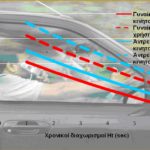
A Diploma Thesis titled ‘Impact of mobile phone use on vehicle speed’ was presented by Xenia Karekla and Froso Kontodima in March 2008. An experimental process in real road conditions was carried out. Linear and lognormal regression methods were used to investigate the influence of mobile phone use and certain other parameters in the variable examined. From the models application it appears that the mobile phone use leads to statistically significant decrease of traffic speed. Furthermore, men and women drivers reduce the traffic speed similarly when they are using mobile phone.




































































































































































